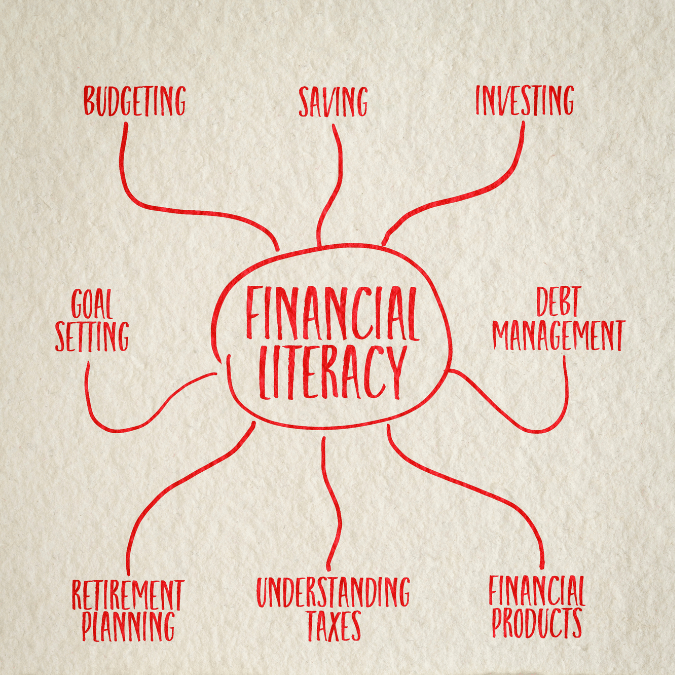Financial Diversity Takes Root in the Philippines
A wave of financial diversity is sweeping across the Philippines, with Filipinos diversifying their financial assets. This shift is evident in the findings of TransUnion’s second annual Credit Perception Index, which delves into the nation’s evolving attitudes towards credit and financial products.
A Nation Becoming Savvier About Credit
The study reveals a growing comprehension of credit among Filipinos, with 70% now possessing a general understanding of the concept. This marks a significant increase from the previous year’s figures, signaling a positive trend in financial literacy. Consequently, there has been a surge in ownership of credit-based products such as credit cards, debit cards, and savings accounts.

E-Wallets Reign Supreme
While credit-based products are gaining traction, e-wallets continue to dominate the financial landscape. A staggering 79% of Filipinos own an e-wallet, although this figure represents a slight decline from the previous year. Nevertheless, e-wallets remain the most prevalent financial tool in the country. Savings accounts come in second with a 75% ownership rate, experiencing a notable 11% increase year-over-year.
Examples of popular e-wallets in the Philippines include:
- GCash
- PayMaya
- ShopeePay



Debit cards and credit cards follow, with respective ownership rates of 52% and 40%. It’s worth noting that credit card ownership has surged by 15% compared to the previous year, indicating a growing reliance on this financial instrument. Virtual bank accounts round out the top five with a 29% ownership rate, showcasing the increasing popularity of digital banking services.
Financial Diversity Ownership
| Financial Tool | Percentage (%) | Examples |
|---|---|---|
| E-wallets | 79 | GCash, PayMaya, ShopeePay |
| Savings Accounts | 75 | Passbook savings, time deposits |
| Debit Cards | 52 | ATM cards linked to savings accounts |
| Credit Cards | 40 | Visa, Mastercard, JCB |
| Virtual Bank Accounts | 29 | Digital banks like Maya Bank, UnionBank Online Savings |
| Personal Loans | 25 | Consumer loans, auto loans, personal installment loans |
| Checking Accounts | 19 | Current accounts |
| Cryptocurrency | 17 | Bitcoin, Ethereum, Ripple |
| Mutual Funds / ETFs | 12 | Index funds, equity funds, bond funds |
| Other Bank Accounts | 12 | Joint accounts, trust accounts |
| Mobile Loans | 11 | Cash loans through mobile apps |
| Stocks | 11 | Shares of publicly listed companies |
| Mortgages | 7 | Home loans |
| Micro Loans | 6 | Small loans for entrepreneurs |
| Bonds | 5 | Government or corporate debt securities |
| Payday Loans | 5 | Short-term loans with high-interest rates |
The Gap in Financial Education
Despite the overall progress, the study underscores the need for enhanced financial education. A concerning 3% of Filipinos do not own any financial products, while 13% have never utilized FinTech services. These figures highlight the disparities in financial inclusion and the urgent need to bridge the knowledge gap.
The study also sheds light on the primary sources of financial information for Filipinos. Social media emerges as the leading source, with 62% of the population relying on it for credit-related information. Banks and financial institutions follow with 55%, while traditional word-of-mouth through family and friends accounts for 42%.
Among the unbanked population, the reliance on social media and family/friends for financial information is even more pronounced. This demographic is particularly vulnerable to financial misinformation and requires targeted financial education initiatives.

The Call for Action
To address the financial literacy challenge, banks, financial institutions, and the government must collaborate to deliver comprehensive financial education programs. These initiatives should be tailored to diverse segments of the population, ensuring that everyone has access to the knowledge necessary to make informed financial decisions.
By fostering a financially literate populace, the Philippines can empower individuals to achieve greater financial stability, build wealth, and contribute to the overall economic growth of the nation.
Note: This article aims to provide a comprehensive overview of the key findings of the TransUnion Credit Perception Index. For more detailed insights and analysis, please refer to the original study.
Source:
- TransUnion’s second annual Credit Perception Index: https://newsroom.transunion.ph/transunions-annual-credit-perception-index-shows-improved-willingness-among-filipinos-to-embrace-credit-amid-financial-uncertainty/
- Credit Perception Index report: https://www.transunion.ph/content/dam/transunion/ph/business/collateral/report/credit-perception-index-study-report.pdf
- TransUnion’s Index Shows Philippines Growing Trust in BNPL and Credit Products: https://fintechnews.ph/63742/lending/transunions-index-shows-philippines-growing-trust-in-bnpl-and-credit-products/
- Credit Perception Index of Filipinos improves in 2024: https://alpha.pna.gov.ph/articles/1229876





